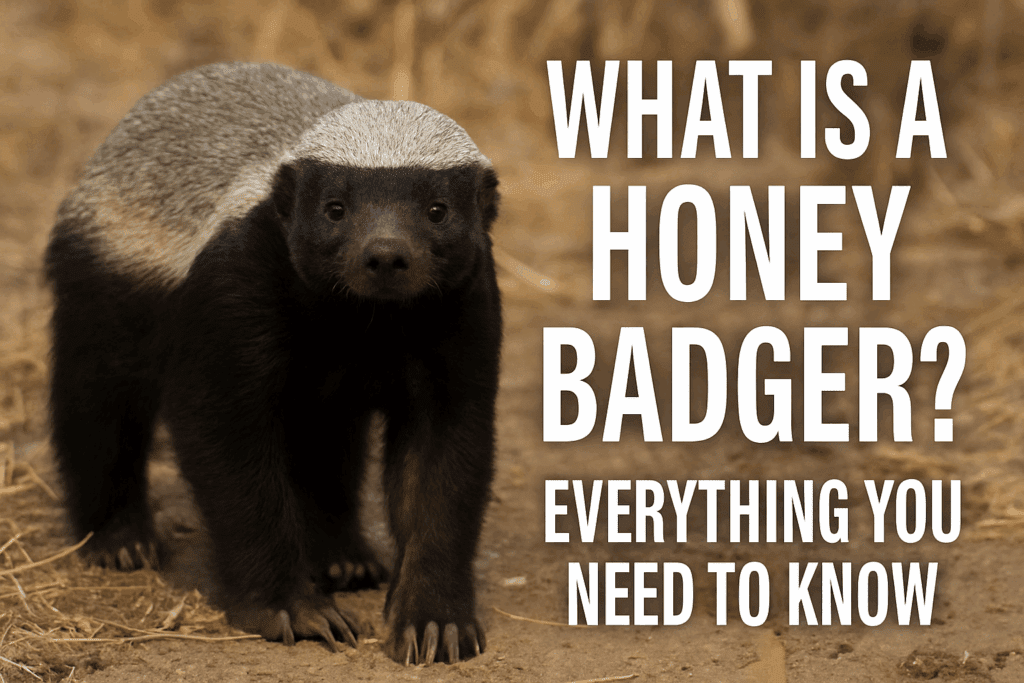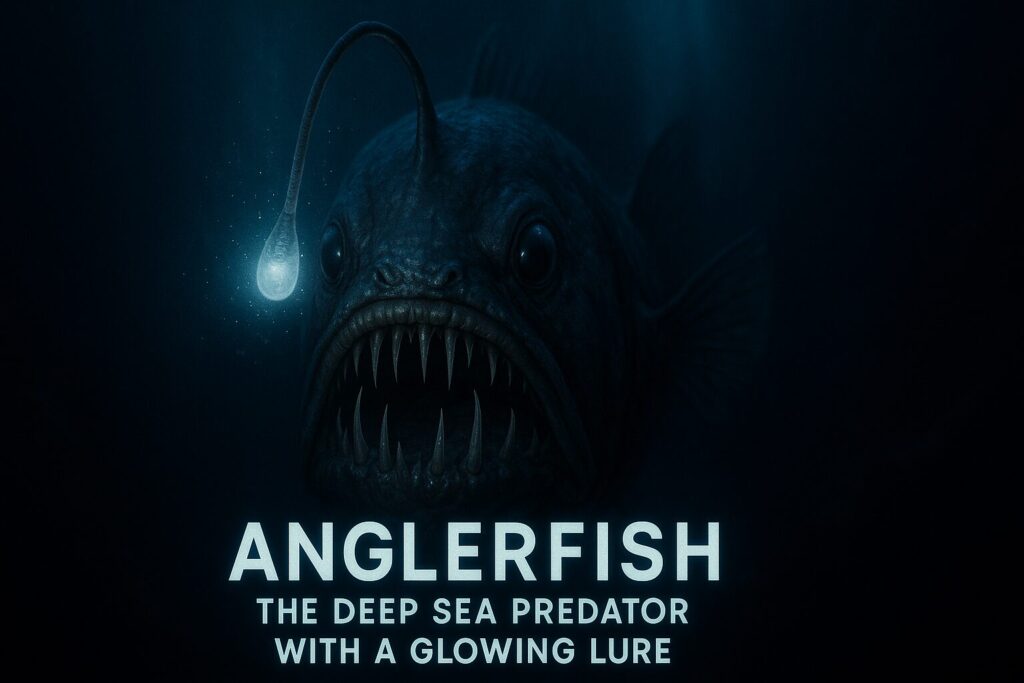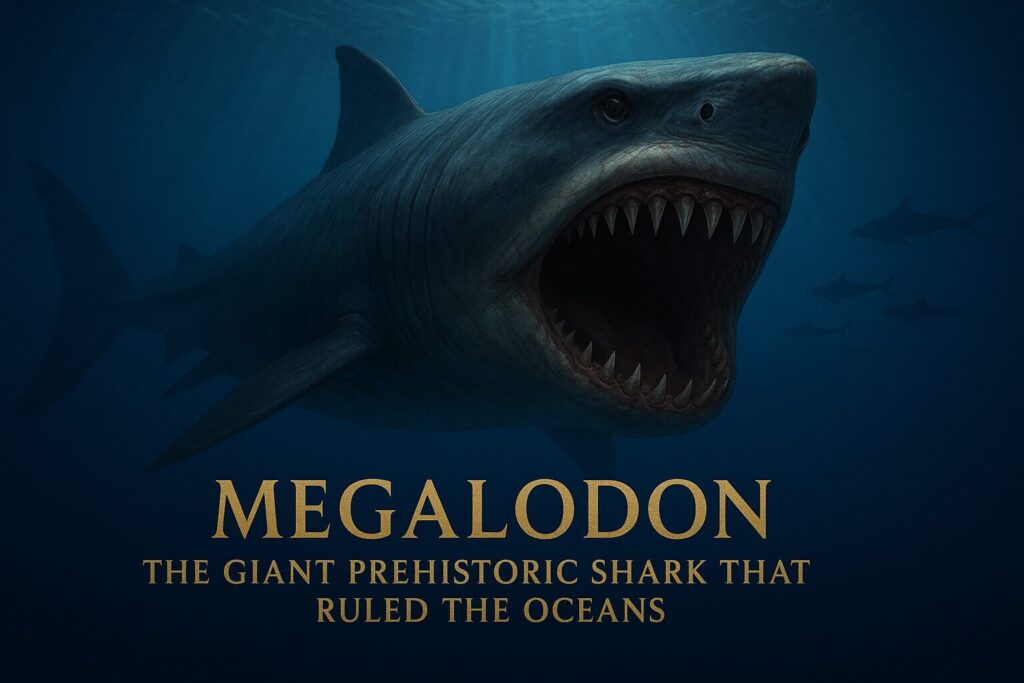Discover the strange tale of Julodimorpha bakewelli, the jewel beetle that mistook beer bottles for mates, and what it reveals about evolution and ecology.
Table of Contents
Introduction
Among the countless strange stories in the natural world, few are as unexpected as the tale of Julodimorpha bakewelli, the Australian jewel beetle that famously fell in love with beer bottles. This peculiar phenomenon, known as the “julodimorpha bakewelli beer bottle” incident, illustrates how easily animal instincts can be hijacked by human-made objects.
While many insects face threats from pesticides or habitat loss, these beetles were brought to the brink of reproductive confusion by discarded glass. The consequences were not just amusing but ecologically significant. Their story is a remarkable example of how subtle cues color, texture, reflection can trigger powerful mating behaviors.
In this article, we’ll explore who Julodimorpha bakewelli really is, why beer bottles proved so irresistible, and what this curious case teaches us about evolution, instinct, and the unintended impact of human waste.
Who Is Julodimorpha Bakewelli? Meet Australia’s Bizarre Jewel Beetle
Julodimorpha bakewelli belongs to the Buprestidae family, commonly known as jewel beetles for their iridescent exoskeletons. Though many jewel beetles are small and brilliantly colored, this species stands out for other reasons:
- Size: Adult males can grow up to 4 centimeters long, making them one of the largest jewel beetles in Australia.
- Color: Their earthy brown coloration and dimpled, ridged wing covers are adapted perfectly to blend in with the arid Australian outback.
- Range: They are primarily found across Western Australia and South Australia, where they inhabit dry, open woodland and scrub environments.
Unlike more flamboyant jewel beetles, Julodimorpha bakewelli is less about shimmering hues and more about rugged survival. Males spend their days searching for mates, guided by their acute sensitivity to shape, texture, and light reflection.
Interestingly, this reliance on visual cues set the stage for the now-famous “julodimorpha bakewelli beer bottle” misadventure. As we’ll see, these beetles’ finely tuned instincts made them susceptible to a surprising modern hazard: empty beer bottles strewn across the landscape.
The Strange Love Story: Beetles Mistaking Beer Bottles for Mates
The story of the julodimorpha bakewelli beer bottle phenomenon reads almost like a tragic romantic comedyonly with beetles and glass. In the 1980s, entomologists in Western Australia noticed something deeply unusual: male jewel beetles attempting to mate with discarded brown beer bottles lying in the sun.
But this wasn’t just curiosity it was persistence.
Researchers observed males clinging to the bottles for hours, attempting to copulate with them and even ignoring nearby females.
This strange behavior was first documented in a now-famous 1983 study by entomologists Darryl Gwynne and David Rentz, published in the journal Australian Journal of Entomology. They dubbed the event a case of “sexual deception caused by anthropogenic objects.” The beer bottles, in essence, were acting like seductive decoys.
What made this story even more compelling:
- Some males died from exhaustion or were eaten by ants while trying to mate with the bottles.
- The behavior occurred consistently whenever certain types of bottles were left in their habitat.
- Even when actual females were present, males would choose the bottles instead.
This wasn’t a random anomaly it was a clear case of instinct gone awry, revealing just how powerful and sometimes misguided evolutionary programming can be.
Why Julodimorpha Bakewelli Prefers Brown Beer Bottles Over Real Females
To modern eyes, the preference of julodimorpha bakewelli for beer bottles over their own species seems almost absurd. Yet, when you understand the beetle’s sensory world, it begins to make perfect sense.
Male julodimorpha bakewelli evolved to detect certain visual cues when locating a mate. The brown glass beer bottles especially the classic stubbies used in Australia possess all the exaggerated traits that the beetles find irresistible:
- Color Match: The amber-brown of the bottles closely matches the coloration of a female’s wing covers.
- Glossy Texture: Sunlight reflecting off the smooth glass resembles the subtle sheen of a female’s elytra.
- Shape and Size: The bottles are much larger than actual females, creating what scientists call a supernormal stimulus an artificial object that triggers a stronger response than the real thing.
In other words, the beer bottles weren’t simply mimicking females; they were better than females in the beetles’ perception.
Entomologist David Rentz explained it succinctly:
“They looked like the biggest, sexiest females the males had ever seen.”
This overwhelming attraction left males completely fixated. Even when faced with living females, they would often stay on the bottle, exhausting themselves in futile attempts to mate.
This phenomenon of the “julodimorpha bakewelli beer bottle” is a vivid reminder that sometimes, evolution doesn’t prepare animals for artificial objects that outcompete natural signals.
How Beer Bottles Trigger the Beetle’s Mating Instincts
To appreciate why the julodimorpha bakewelli beer bottle scenario was so potent, it helps to understand how male beetles find mates in the first place. Unlike insects that rely heavily on pheromones, these jewel beetles primarily use visual and tactile cues to identify receptive females.
When a male searches for a mate, he scans the environment for:
- Color: Females have a rich brown hue that stands out on pale sand or bark.
- Texture and Reflection: Subtle glossiness signals a healthy exoskeleton.
- Contours: The curved back of the female beetle provides the right tactile profile.
The brown glass bottles satisfied every one of these criteria but in exaggerated form:
- The glass surface was smoother and shinier than any beetle’s body.
- The bottles’ large, rounded shoulders created a super-stimulus of ideal curves.
- The scale of the bottle vastly bigger than any female amplified the visual signal, as if to proclaim: Here is the most fertile mate you will ever encounter.
Field observations showed that males would:
- Land on the bottle and immediately begin copulation attempts.
- Tap and stroke the glass with their antennae to confirm the “mate.”
- Refuse to leave, sometimes until they died.
This automatic cascade of instinct was not something the beetles could simply override. In their evolutionary history, there was never a selective pressure to resist a bigger, shinier female because such objects had never existed until humans introduced glass litter.
The julodimorpha bakewelli beer bottle episode became one of the most striking demonstrations of how an insect’s finely tuned instincts can be misdirected by human artifacts.
The Science Behind the Attraction: Supernormal Stimuli in Insects
The julodimorpha bakewelli beer bottle case is a textbook example of a concept in behavioral biology called supernormal stimuli. This idea was first proposed by Nobel laureate Nikolaas Tinbergen in the 20th century.
A supernormal stimulus is an exaggerated version of a natural signal that provokes a stronger response than the original cue. For example:
- Some birds prefer to incubate oversized, bright blue plaster eggs over their own real eggs.
- Male stickleback fish attack red-painted objects more fiercely than actual rival males with red bellies.
- Butterflies can be attracted to artificial flowers with colors more vivid than anything in their environment.
In the beetle’s case, brown beer bottles were a supernormal mate:
- Larger than any female.
- Smoother and more lustrous.
- More visible against the landscape.
Because evolution shaped julodimorpha bakewelli to respond automatically to certain visual triggers, the males were powerless to resist the enhanced appeal.
Darryl Gwynne and David Rentz’s 1983 study famously demonstrated that:
“The males would rather mate with beer bottles than real females, even when given the choice.”
This phenomenon taught biologists that animals are often locked into “rule of thumb” behavioral scripts heuristics that work well in natural conditions but can be hijacked by artificial exaggerations.
Today, the story of the julodimorpha bakewelli beer bottle is cited widely in behavioral ecology and psychology as one of the clearest field demonstrations of supernormal stimuli.
Impact on the Species: Can Beer Bottles Threaten Beetle Survival?
While the julodimorpha bakewelli beer bottle episode might sound like a curious footnote in entomology, it actually raised serious ecological concerns.
If enough males are lured to inanimate objects and never succeed in mating, a population could decline over time. Researchers studying these beetles observed several concerning patterns:
- Mating Disruption: Males spent hours or even days fixated on bottles, ignoring real females and missing breeding opportunities.
- Mortality: Many males perished while trying to copulate with bottles exposed to heat, dehydration, and predation by ants.
- Reduced Reproduction: With fewer successful pairings, the next generation of beetles could shrink, threatening local populations.
Although this problem was geographically localized, the principle is far-reaching: human litter can function as a biological sink, draining energy and reproductive capacity from wildlife.
In some areas of Western Australia, researchers found that virtually every discarded beer bottle became a beetle trap. The scale of impact was significant enough that scientists recommended public awareness campaigns and cleanup efforts.
The lesson was clear: the julodimorpha bakewelli beer bottle phenomenon wasn’t just an amusing curiosity it was a stark illustration of how seemingly harmless waste can tip fragile ecosystems toward decline.
What This Beetle’s Behavior Reveals About Animal Instincts
The saga of the julodimorpha bakewelli beer bottle isn’t merely a story about insects and glass. It offers profound insights into how animal instincts function and sometimes fail in a rapidly changing world.
Three core lessons stand out:
- Fixed Action Patterns: Many animals, including beetles, rely on simple rule-based behaviors known as fixed action patterns. These are hardwired responses triggered by specific cues. Once the sequence starts, it can be nearly impossible to interrupt even if the stimulus is a glass bottle.
- Evolutionary Lag: Evolution works over thousands or millions of years. When humans introduce novel objects, animals can’t adapt their instincts quickly enough. The beetles evolved to recognize brown, glossy surfaces as ideal mates, not anticipating a future filled with beer bottles.
- Vulnerability to Manipulation: Just as advertising exploits supernormal stimuli in humans (bright colors, exaggerated shapes), discarded objects exploit animal instincts. The beetles’ inability to distinguish real females from “super-females” highlights the precarious balance between evolved behaviors and environmental novelty.
More broadly, this case underscores how easily instinctive systems finely tuned over millennia can be derailed by sudden technological changes. Whether it’s sea turtles mistaking plastic bags for jellyfish or moths circling electric lights, animals often cannot discriminate between authentic signals and modern decoys.
In this way, the julodimorpha bakewelli beer bottle episode provides a cautionary tale about the hidden consequences of our waste and the vulnerability of even the most ancient instincts.
The Role of Glass Recycling in Saving Julodimorpha Bakewelli
While the julodimorpha bakewelli beer bottle phenomenon illustrates an ecological hazard, it also points to a simple, effective solution: removing the bottles.
After scientists publicized their findings, local conservation groups and government agencies in Western Australia took action:
- Public Awareness: Educational campaigns highlighted how discarded beer bottles acted as “beetle traps.” Hikers and campers were urged to pack out all glass containers.
- Targeted Cleanups: Volunteer groups organized clean-up drives in beetle habitats, collecting hundreds of brown glass bottles that posed a risk.
- Recycling Initiatives: Communities were encouraged to expand glass recycling programs. By diverting bottles away from the environment and back into production cycles, the threat was sharply reduced.
These measures were not only beneficial for Julodimorpha bakewelli, but also for many other insects and small animals that could be harmed by litter. The success demonstrated that:
- Small changes in human behavior can have an outsized positive impact on wildlife.
- Recycling isn’t just about resource conservation it’s a tool for protecting vulnerable species.
Researchers noticed that when bottles were removed, males quickly resumed mating with real females. This responsiveness offered hope: as long as beer bottles are kept out of beetle habitats, populations can recover and thrive.
The julodimorpha bakewelli beer bottle story became an unexpected case study proving that simple recycling practices can help conserve even the most obscure creatures.
From Field Research to Fame: How Scientists Discovered the Odd Romance
The julodimorpha bakewelli beer bottle story first emerged not from an entomology lab but from keen field observation. In the early 1980s, entomologists Darryl Gwynne and David Rentz were conducting routine insect surveys in Western Australia when they noticed something peculiar:
- Large male jewel beetles clustering around brown glass bottles discarded on sandy roadsides.
- Males clinging to the bottles for hours, oblivious to any disturbance.
- Some beetles so determined to mate with the glass that they died from exposure or ant predation.
Recognizing that this was more than an odd quirk, Gwynne and Rentz decided to investigate systematically. They conducted controlled field experiments to see whether the beetles preferred the bottles over real females:
- They placed different objects beer bottles, plastic bottles, painted wood on the ground and recorded male behavior.
- The brown beer bottles consistently attracted the most intense attention.
- Males ignored live females when the bottles were present.
In 1983, they published their findings in the Australian Journal of Entomology, in a paper titled “Beetles on the Bottle: Male Buprestids Mistake Stubbies for Females”. The study became a classic in behavioral ecology, cited worldwide as a vivid example of supernormal stimuli.
Later, the story spread beyond academia:
- National Geographic and New Scientist featured articles about the beetles’ misdirected passion.
- Psychology textbooks began using the case to illustrate fixed action patterns.
- Even popular science outlets celebrated it as one of the strangest love stories in nature.
This unexpected fame helped spark conversations about litter’s hidden impacts on wildlife demonstrating how field research can resonate far beyond the scientific community.
Lessons from Julodimorpha Bakewelli: Evolution, Ecology, and Human Impact
The julodimorpha bakewelli beer bottle saga is far more than a quirky anecdote. It encapsulates some of the most important ideas in biology and conservation.
Here are the key lessons this beetle’s story reveals:
- Evolution is Powerful but Inflexible: Instincts are shaped over millennia to recognize certain cues, but they can’t adapt overnight to artificial changes. The beetles’ fixed rules brown, shiny, curved equals mate worked perfectly in their evolutionary past but proved disastrous in a world full of discarded glass.
- Human Impact is Often Invisible: Most people never imagined that a beer bottle could derail an entire species’ reproduction. The story shows how even small, careless acts like littering can ripple through ecosystems in unexpected ways.
- Supernormal Stimuli Affect All Species: While jewel beetles are especially sensitive to exaggerated signals, many animals including humans are vulnerable to “hijacked” instincts. Junk food, bright screens, and advertising all exploit our own evolutionary triggers.
- Simple Interventions Work: Unlike complex conservation problems requiring enormous investment, the solution here remove the bottles was straightforward and effective. It’s a hopeful reminder that practical action can often protect vulnerable species.
In ecology courses and textbooks, this case has become a touchstone for illustrating the intersection of evolution, environment, and unintended consequences. When we talk about the julodimorpha bakewelli beer bottle episode today, it stands as a symbol of how much and how little it can take to change the fate of a species.
Conclusion
The peculiar story of the julodimorpha bakewelli beer bottle has earned a place among the most surprising discoveries in natural history. What began as an odd observation in the Australian outback became a profound lesson about the fragility of instinct in a human-altered world.
From male beetles passionately courting discarded glass to scientists documenting supernormal stimuli in action, this case shows that evolution’s masterpieces our sensory and behavioral adaptations can be undone by something as mundane as litter. It also demonstrates how simple measures, like glass recycling and responsible waste management, can safeguard entire species.
The tale of julodimorpha bakewelli reminds us that even the smallest creatures can teach us big truths about the world:
- Our actions, no matter how trivial, leave imprints on ecosystems.
- Animal behavior is shaped by millions of years of fine-tuning that modern environments can scramble overnight.
- Solutions often lie within our reach if we choose to act thoughtfully.
Next time you see a brown beer bottle glinting in the sun, remember: for julodimorpha bakewelli, it’s not just trash. It’s an irresistible mirage a supernormal signal with the power to rewrite evolutionary destinies.
In understanding and sharing the julodimorpha bakewelli beer bottle story, we honor the hidden dramas unfolding all around us and take one step closer to living in harmony with the countless species that share our planet.





